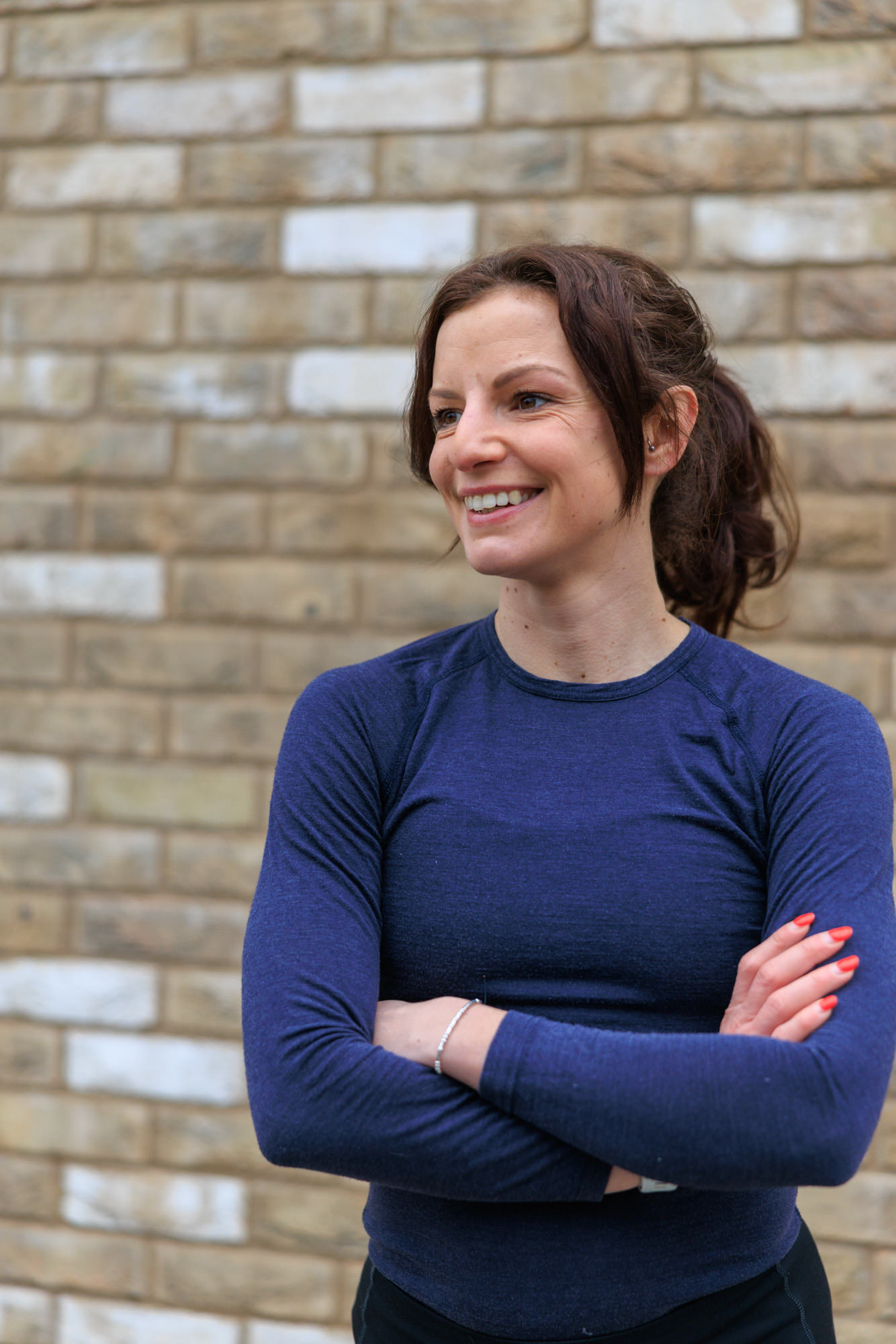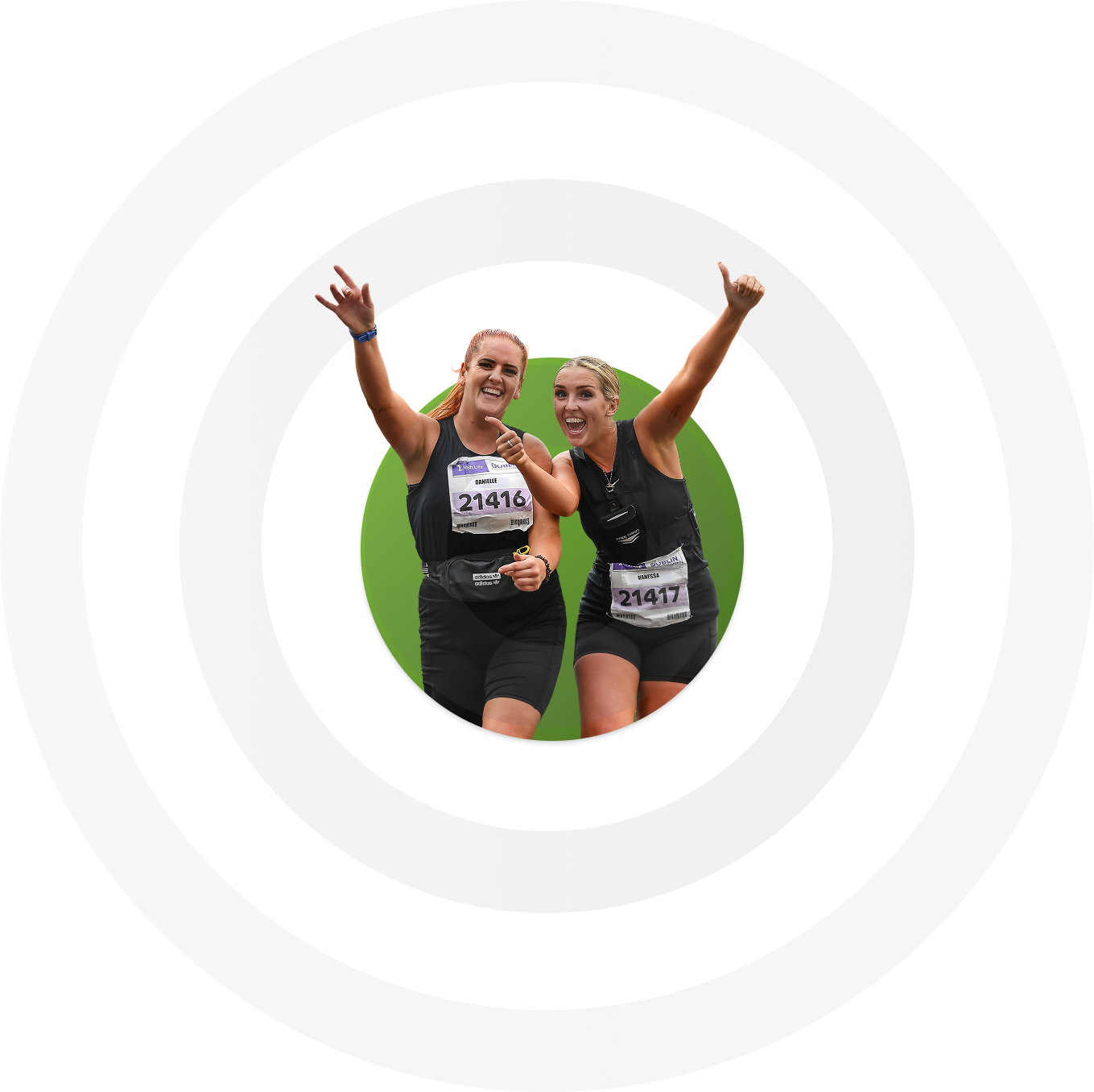Power has huge benefits and performance gains – as long as that power is controlled and delivered properly. Any Formula One mechanic will tell you that raw power without the ability of the chassis, aerodynamics and suspension to apply this to the road is pointless.
The benefits of power
The physics definition of Power is the ‘rate at which work is done’. In sport it is defined as the maximum use of strength in a given time. Effectively it is how fast you can exert the strength you have on your body – legs, arms and core, and the environment – the ground, the racket, the ball or javelin.
Running power is the combination of the strength in your muscles and the speed or efficiency at which you are able to apply that strength to the floor to propel you forwards.
To understand the benefits of power we have to understand the components - strength and speed of motion. There is a huge correlation between strength and performance. Fast movements require high and rapid force production and reduction – this means strength and power.
From the injury prevention perspective, proper strength and power is protective. Movements are less likely to be out of control and therefore overloading to the tissues if the strength is in place to accelerate and decelerate the action. A good example is the javelin throw. The rapid hurling of the arm forwards puts enormous stress upon the tendons, muscles and ligaments, followed by an equally rapid deceleration is damaging enough without it being totally out of control. Lack of control means torsion stress upon the joint surfaces where the humerus shears across the uncontrolled joint. The lack of strength means that the tissues are working at their highest intensity and beyond. Imbalances in the power means these tissues are likely to overload and tear rather than have the strength to cope.
Bones and Tendons
The effect of strength training on muscles is well documented. The need of the bone and tendons to increase their strength to cope with the increase in force going through them should not be underestimated. There is a lot of evidence to show that high load and rapid transfer of load – i.e. power training, is the best way to stimulate the bones and tendon tissues to improve their structural strength.
Nerves and Hormones
Strength development is driven by neural and hormonal stimulation. It is thought that high loads, explosive movements and in unstable positions produce the greatest stimulus. This, again, is power training.
Coordination
With better neural development we get better inter and intra muscular coordination.
- Better INTER – muscular coordination means better ‘skill’ reproduction.
- Better INTRA – muscular coordination means faster muscle fibre recruitment which gives increased contraction speed and thus power production.
Better coordination means better performance of skilled movements and thus a better result. Do not think that good running biomechanics is not a skilled movement because it is. The better you perform it the better the result.
The Caution
The only way in which power can produce the desired result is in its controlled application . The power of the glutes to drive the leg backwards can only be fully utilised if the pelvis is held stable. If it is not then some of the force is lost in twisting and buckling of the pelvis and spine. Increase the power in the glutes without improving the stability of the trunk or core and you overload the spine. Therefore, when working on the power of the glutes you should also look at how well your core muscles work. Can they stabilise the increased power?
The shoulder’s throwing power is produced from the large muscles like the pecs, deltoid, triceps and biceps. The Rotator cuff muscles control the position of the arm bone (humerus) on the shoulder blade. They are essential to control the humerus through the throwing motion. If they do not then there is risk of strain and pinching and a poor result in the throw. Thus when increasing the power of the shoulders you must address the less sexy but essential controllers – the rotator cuff.
One way to combine this is to follow three principles.
1. Train Movements not Muscles.
This means it is better to use functional exercises, like squats and whole arm movements, rather than a single muscle group in isolation. This makes the motion more encompassing of all the relevant groups and has the desired nervous overload we know is so important for power development.
2. Train Strength before Speed of motion.
Before adding the speed to a motion you must have the strength to control through its range. If you add speed without the strength to control it then you will risk overloading tissues and the movement will be uncoordinated which simply creates bad habits and patterns of movement.
3. Train Core strength before Extremity strength.
As discussed without the central stability the powerful limbs have no base from which to work. You create a house without a foundation; an engine without a capable chassis and suspension system.
Power has the capacity to improve your performance – with care it will create a Ferrari not a Trabant with a makeover…

.png)




-min.jpg)

